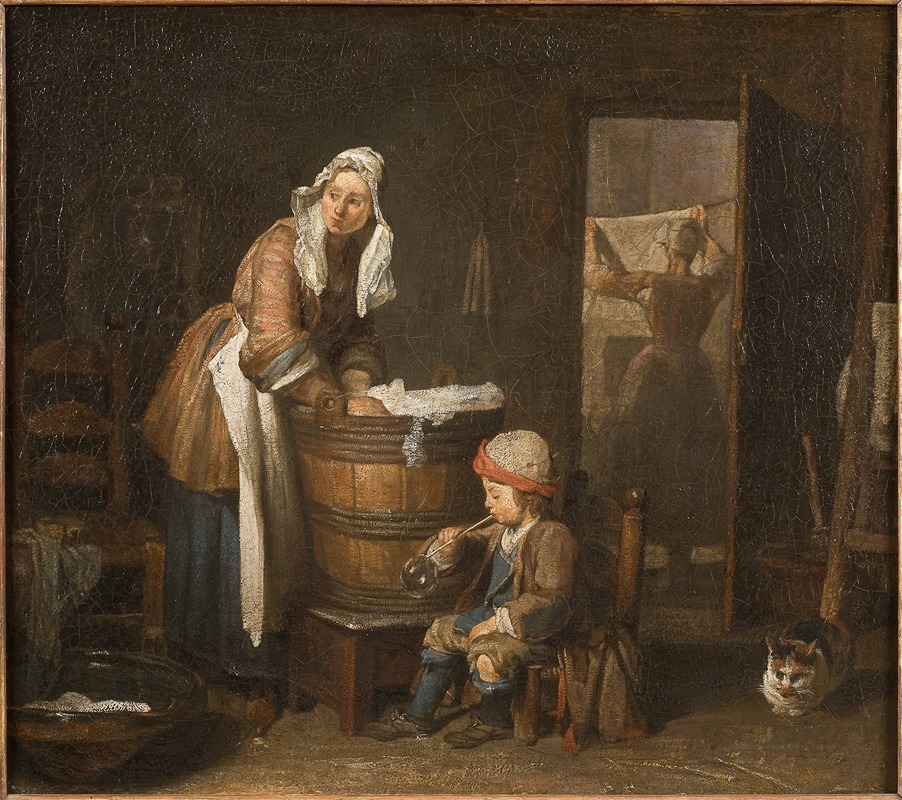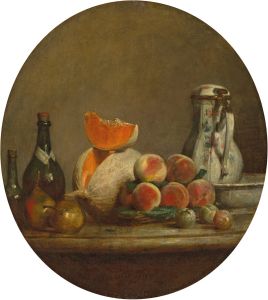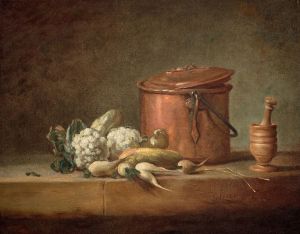
The Washerwoman
A hand-painted replica of Jean Siméon Chardin’s masterpiece The Washerwoman, meticulously crafted by professional artists to capture the true essence of the original. Each piece is created with museum-quality canvas and rare mineral pigments, carefully painted by experienced artists with delicate brushstrokes and rich, layered colors to perfectly recreate the texture of the original artwork. Unlike machine-printed reproductions, this hand-painted version brings the painting to life, infused with the artist’s emotions and skill in every stroke. Whether for personal collection or home decoration, it instantly elevates the artistic atmosphere of any space.
Jean Siméon Chardin's painting The Washerwoman is a notable work by the French artist, who is widely recognized for his mastery in depicting scenes of domestic life and still lifes during the 18th century. Created around 1733, this painting exemplifies Chardin's ability to capture the quiet dignity of everyday tasks and the lives of ordinary people.
The artwork portrays a washerwoman engaged in her work, accompanied by a young child. The scene is set in a modest interior, with the figures surrounded by simple household objects. Chardin's use of muted colors and soft lighting creates a sense of intimacy and realism, emphasizing the humble yet significant nature of the subject matter. The composition is carefully balanced, with the figures and objects arranged to draw the viewer's attention to the central activity of washing.
Chardin's approach to genre painting was innovative for his time, as he chose to focus on the lives of common people rather than the grand historical or mythological themes that were popular in the art of the period. His works often highlight the beauty and value of everyday moments, reflecting a sense of respect and empathy for his subjects. The Washerwoman is a prime example of this approach, showcasing Chardin's skill in rendering textures, light, and the subtleties of human expression.
The painting is currently housed in the Nationalmuseum in Stockholm, Sweden. It remains an important example of Chardin's contribution to the development of genre painting and his influence on later artists who sought to depict the realities of daily life with honesty and sensitivity.
Chardin's work, including The Washerwoman, continues to be celebrated for its timeless appeal and its ability to connect viewers with the universal experiences of work, care, and domestic life.


















